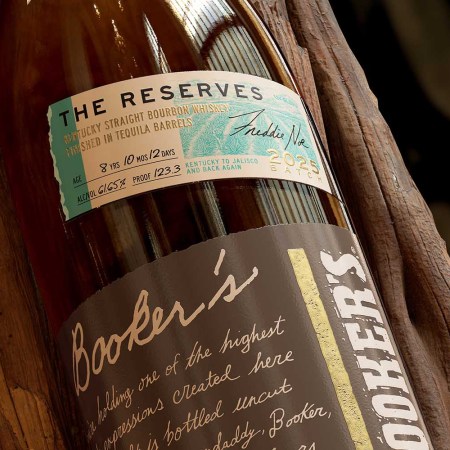The people we might consider the one percent of American income earners are not just the famous faces that grace the covers of magazines and Forbes lists. We may think of people tagged with the designation of captain of industry, multi-millionaire and billionaire types — your Oprahs, Warren Buffetts, Bill Gateses and don’t forget Jay Z — but they actually include people who make comparatively paltry six-figure salaries when geography is taken into account. The fact is that what counts as the one percent of this country changes from state to state, and who, exactly, fits that role is also up for discussion.
When looking at the country as a whole, any given tax unit — whether that be an individual taxpayer or a couple filing jointly — that earns $421,347 or more is considered part of the one percent of the United States, a recent study from 24/7 Wall St. that was published in USA Today found. But since incomes and the costs of living fluctuate widely from state to state, so too do the requirements for one-percent-hood.
24/7 Wall Street reviewed data from 2018 published by the Internal Revenue Service’s Statistics of Income program to see how many tax units there are in every given tax bracket and how much, exactly, they’re making. From there, they did the math to see who qualifies for the 50th and 99th percentiles in each state and listed them as such.
The research revealed just how much things vary from state to state. In Connecticut, for instance, the top one-percent earns at least $663,009 — that’s the highest minimum of any state in the nation. Connecticut also has the highest average income among its über-wealthy residents, with a mean of $2,178,625. The Nutmeg State has one of the higher rates of college grads in the country as well, with 21.5 percent of adults having at least a bachelor’s degree under their belts. In West Virginia, where people make significantly less, only 12 percent hold four-year degrees.
In Connecticut’s neighboring state, New York, the one percent bank at least $555,569 annually, and the average income of those rich folks sits pretty at $2,058,789 — the second highest average in the country. In Massachusetts, home to the second-highest minimum to be considered a one-percenter, one has to rake in at least $584,022; New Jersey has the third-highest threshold, with a $570,745 minimum.
The clustering of these high earners along the I-95 could be due to their proximity to major economic hubs and resort towns, 24/7 Wall St. discovered in its study. Jobs in typically higher-paying fields like finance, for example, also tend to exist more prevalently in these large, cosmopolitan cities.
The cost of living in these states mirrors the inflated incomes as well. New York City and its surrounding suburbs usually end up on lists of places with the highest property taxes in the country. Westchester County in New York, for instance, had the highest rate in 2017 at $9,647 annually. By comparison, there were 24 counties all between the states of Alabama and Louisiana — where incomes are much lower — that came in under $250 each per year.
On the flip side, it takes only $256,168 to be considered part of the all-mighty one percent in New Mexico, where the average income of those wealthy people is $643,395. West Virginia has the second-lowest minimum income at $259,702 and Mississippi is third with a $265,138 requirement.
The more geographical locations of these states and others near the bottom of the list not only reflects 24/7 Wall St.’s findings that link wealth to major financial markets, but it also highlights the growing problem of income inequality in this country.
Between 2009 and 2015, the average take-home of the one percent grew by nearly 34 percent — more than triple the measly 10 percent growth in income that the remaining 99 percent of the country saw over that same time period, according to the non-profit Economic Policy Institute. This disparity places the U.S. ninth out of every country in the world when examining the distance between the haves and the have-nots.
While the 24/7 Wall St. findings don’t provide a roadmap as to how to solve that growing divide, the report does show that the one percent isn’t always who we think it might be. It isn’t always some famous person or a C.E.O. who takes the Giving Pledge. In some cases, depending on where you live, it could be your doctor, your neighbor or possibly even you.
This article appeared in an InsideHook newsletter. Sign up for free to get more on travel, wellness, style, drinking, and culture.


















